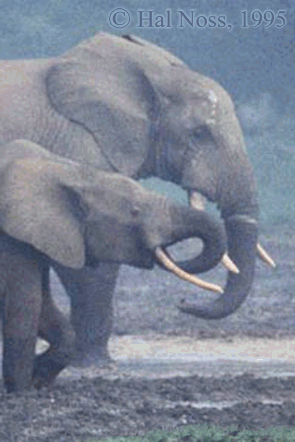| Home |
|
Threat for lorises and pottos
Lorises are regularly offered for sale as pets on the
bird markets
on Java. Usually these animals die soon from inadequate
husbandry conditons,
and the next one is bought. Under good conditions, an
age of 18 or more
years is possible; since lorises 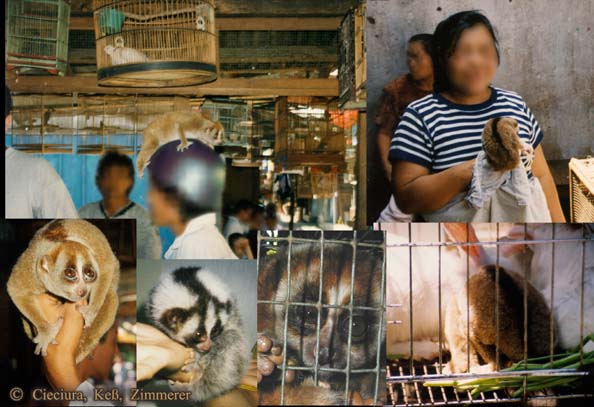
|
 |
| Lorises in illegal trede regularly get
all teeth broken
out. This is partly done with plyers on the markets,
without anesthesia
or subsequent treatment (R. Kess, P. Troni, pers.
comm.). As a consequence,
the animals are unable to eat or groom their fur
properly, they suffer
from trauma, pain and severe infections of the wounds in
the oral cavity,
which often develop into suppurating abscesses
destroying the skull bone
and opening on the top of muzzle. This way the animals
cannot defend when
abused as pets, but people buy sick animals which often
either die of infections
or cause high veterinary costs.
Left: photo: treatment of a confiscated slow loris whose teeth have been ripped out. Photo: H. Schulze. Middle, right: slow lorises showing superficial traces of abscesses on the muzzle. Photos: WildAid / MoE Cambodia, H. Fitch-Snyder. |
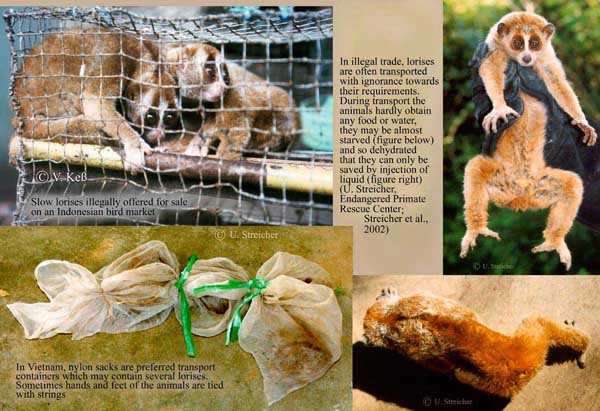
lorises and pottos. Primate report 63: 33-39. |
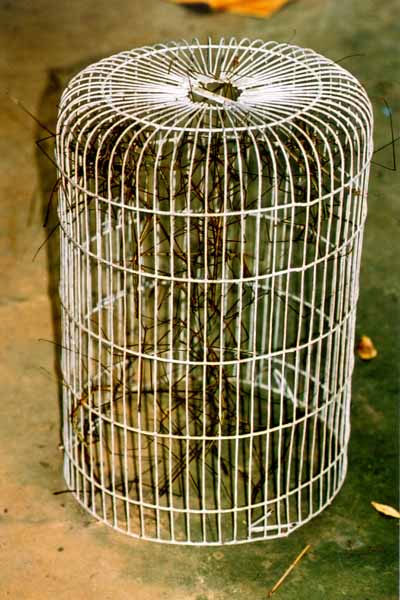 |
Example for conditions of
life as a pet: a cage
which was home for an illegally kept pet pygmy loris.
Photo: U. Streicher.
In the wild, lorises live in the trees; they have large territories shared with conspecifics of their family group |
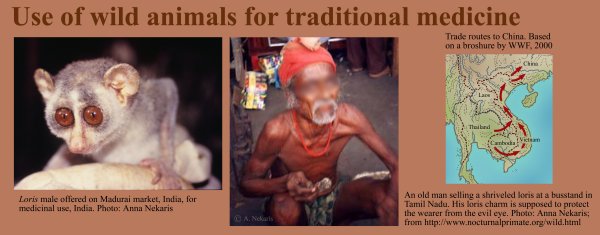
click on the image for a larger version |
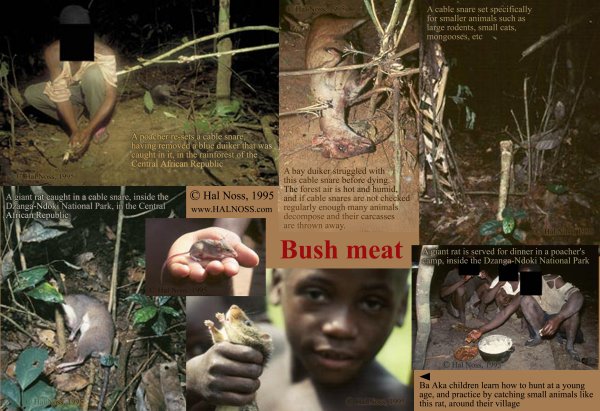
|
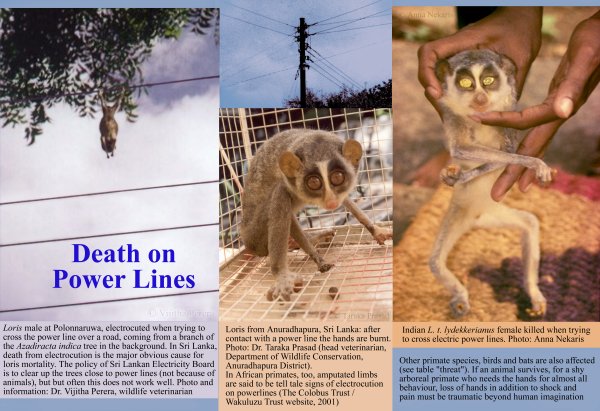
|
